Name Daniel Meadows | ||
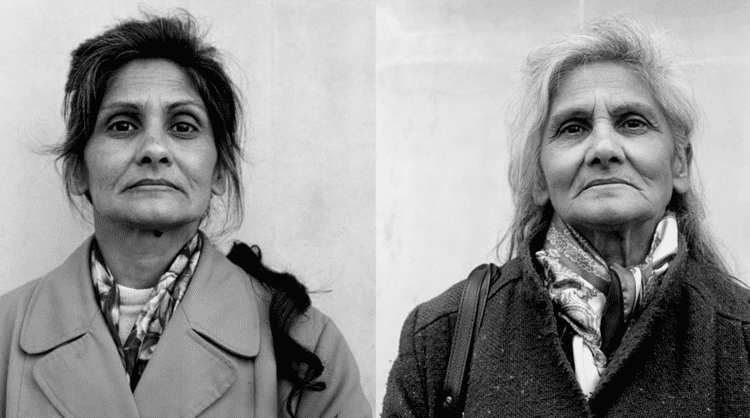 | ||
Education Manchester Metropolitan University Books Living like this, The bus, Nattering in Paradise, Set Pieces: Being about Film Stills Mostly | ||
Daniel meadows early photographic works
Daniel Meadows (born 1952) is an English photographer turned maker of digital stories, and a teacher of photography turned teacher of participatory media.
Contents
- Daniel meadows early photographic works
- My approach to the Photo Essay Daniel Meadows
- Life and career as photographer
- Career as teacher and digital storyteller
- Solo exhibitions
- Joint and group exhibitions
- Permanent collections
- Books of work by Meadows
- Zines of work by Meadows
- Other appearances
- Awards
- References
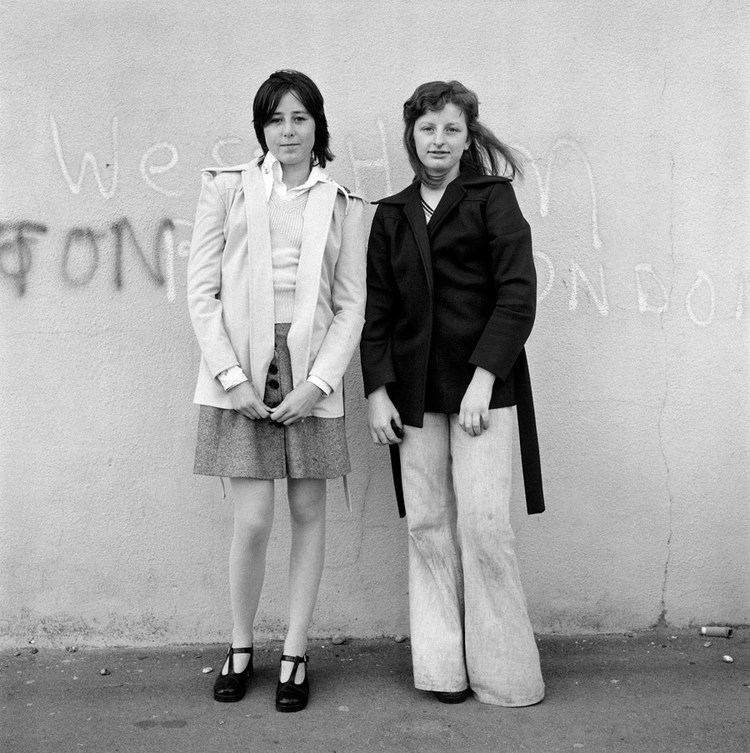
My approach to the Photo Essay - Daniel Meadows
Life and career as photographer
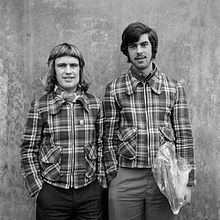
Meadows was born in Great Washbourne, Gloucestershire, "in the middle of nowhere on the edge of the Cotswolds", on 28 January 1952. Both of his parents had Suffolk origins; his father was a land agent for the Dumbleton Estate, in which the family lived; his mother developed multiple sclerosis when Daniel was young and this gradually became more acute. He spent his early years without television.
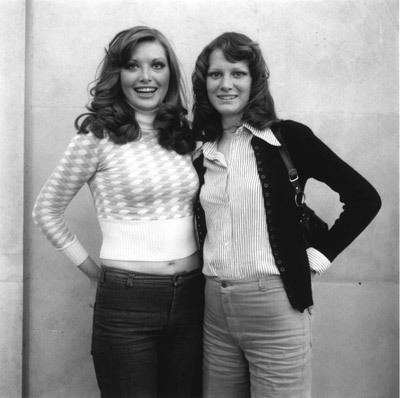
With Peter Fraser, Brian Griffin, Charlie Meecham and Martin Parr, Meadows studied at Manchester Polytechnic. (Meadows' 1972 series June Street was a collaboration with Parr.) While a student he was particularly inspired by a lecture by Bill Jay (editor of Creative Camera and Album) and an exhibition at the Hayward Gallery of work by Bill Brandt.
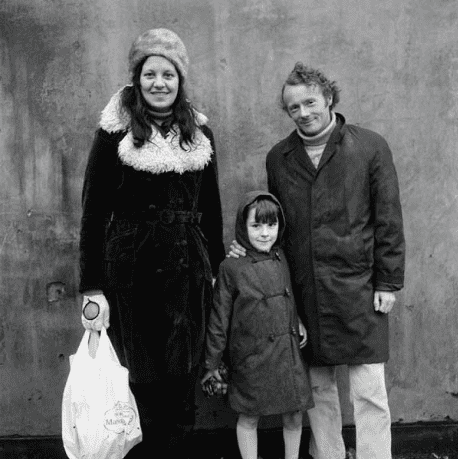
Meadows was living in the Moss Side area of Manchester during termtime, and was aware of its impending demolition. With its many small shops, Moss Side might, he thought, support a "picture shop", so he rented a barber's on Greame Street from January 1972, inviting people to come into the Free Photographic Shop to have their photographs taken for no charge. Two months later he had run out of money and had to close but had gained useful experience.
Inspired by what Bill Jay had said about Benjamin Stone's travel around Britain by horse-drawn caravan, Meadows thought of a mobile version of the Greame Street studio; the Cliff Richard film Summer Holiday suggested a solution. He worked at Butlin's Holiday Camp at Filey during summer 1972 to pay for the publicity materials with which he hoped to get Arts Council and other funding for the purchase and one year's use of a double-decker bus. He succeeded and for 14 months from September 1973 travelled around England in the Free Photographic Omnibus, a 1947 Leyland PD1 bus whose seats had been removed to make space for a darkroom and living quarters: its windows were used as the gallery. Meadows took this to twenty or more towns. Some of this work was published in Meadows' first book, Living Like This (1975), which combined Meadows' photographs and text with first-person accounts of those he had talked with.
Among the photographs of this series is Portsmouth: John Payne, aged 12, with two friends and his pigeon, Chequer, 26 April 1974. Payne, holding his pigeon in the centre of the photograph, told Meadows that he caught and bred pigeons. Paul Cabuts writes that:
The photograph, like many other photographs in the exhibition [No Such Thing as Society], offers a window on a lost world, one that is difficult to perceive without considerable culturally-specific contextualisation. Meadows' photograph is however a masterstroke in providing clues about the life and times of those recorded through his lens. The boys became the subject, although the pigeon had been the vehicle for this particular engagement. In offering up their pigeon (the photograph was taken at their request), we enter a world of friendship and pride, the social activities on a working class housing estate. . . .
With its echo of Ken Loach's film Kes, the photograph was widely reproduced. It was the cover photograph of the 1975 Arts Council anthology British Image 1 and the photograph on the poster for and catalogue of the 2008 travelling Hayward exhibition No Such Thing as Society.
Meadows went on to photograph the northwest of England and Factory Records in the 1970s and in the 1980s to study the people of a middle-class London suburb (Bromley, although not specified at the time), the latter published as Nattering in Paradise.
His photographic archive is in the process of being acquired by the Library of Birmingham.
Career as teacher and digital storyteller
Meadows became interested in teaching while photographing in Lancashire in the 1970s; in 1983 David Hurn invited him to help teach the Documentary Photography course at Newport College of Art and Design. From 1994 he has taught at Cardiff School of Journalism, Media and Cultural Studies. His students there have included Tim Hetherington. In the 1990s, he led photojournalism workshops for the Reuters Foundation, the British Council, and other organisations in Europe and the Indian subcontinent.
Meadows' interest in participatory media was greatly influenced by Ivan Illich's ideas as presented in Tools for Conviviality; and his interest in digital storytelling influenced by, successively, Pedro Meyer's I Photograph to Remember, Meyer's ZoneZero website, and the NextExit website of Dana Atchley of the Center for Digital Storytelling (CDS) at UCB. Meadows taught an undergraduate course titled "Digital Storytelling and Photography" and also contemplated ways of adding digital storytelling to the website he was building about the Free Photographic Omnibus and the later lives of the people this had depicted. Meadows corresponded with Dana Atchley and arranged to attend one of the "boot camps" held by Atchley, Joe Lambert and Nina Mullen. Atchley was too ill to appear, but at the camp and a subsequent event at Ben Lomond he learned and exchanged ideas.
From 2001 to 2006 Meadows was creative director of Capture Wales, a BBC Wales project: "[he] accomplished an innovative reworking of the Californian [CDS] model, adapting it to the 'media ecology' of UK public broadcasting".
Since this time Meadows has also lectured widely about digital storytelling.
